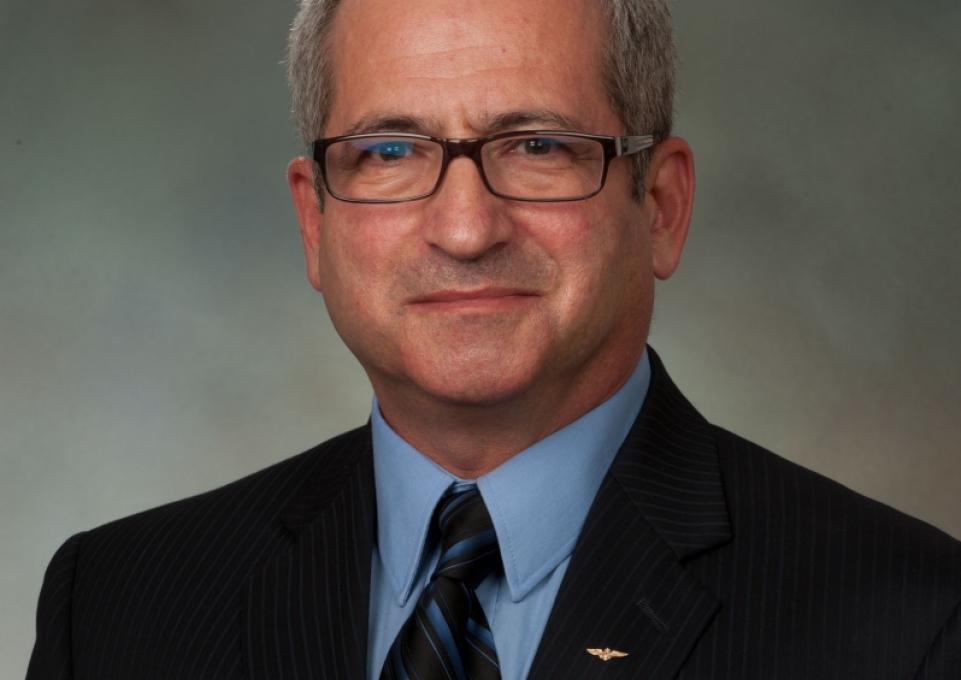
The U.S. Department of Energy (DOE) predicts the nation’s electricity consumption will increase more than 40 percent by the year 2030. Meanwhile, the nation’s electric-grid infrastructure, a high achievement of the twentieth century, will not sustain that increase without modernization. One of the solutions is the smart grid, which uses information technology to move electricity more efficiently, reliably, and affordably.
A small-scale version quietly hums in a lab on the first floor of the Technology Building on the Buffalo State campus. There, a leading expert on smart-grid technologies, professor Ilya Grinberg, oversees the next generation of power-systems engineers. A group of eager undergraduates spends time in Grinberg’s class getting information from data-acquisition equipment that utility companies use to optimize performance on the grid.
"The smart grid is not just about engineering," said Grinberg. "It's also economics, education, marketing, and changing consumer behavior to help our world. It also means embedding intelligent design in home appliances and home networks and reducing consumer electric bills.”
A native of the Ukraine, Grinberg has worked in the field of power systems engineering for 40 years. Since 1995, he has taught in Buffalo State’s Engineering Technology Department.
"My interest evolved to the new aspects of power engineering associated with smart grid as soon as publications on the topic started to emerge in professional journals and conferences about six years ago," said Grinberg. "This interest was reinforced by the Schweitzer Engineering Laboratories (SEL) equipment donated to Buffalo State as this equipment has just the right capabilities."
The DOE provided a $2.5 million grant for curriculum and lab development in a partnership with the University at Buffalo, the University of Rochester, Clarkson University, Syracuse University, and Onondaga Community College. This partnership enables UB graduate students to use the lab for research projects such as integration of digital relays into the smart grid system and data collection for cloud servers.
"The DOE project on curriculum development for smart grid became a real opportunity to learn much more on the subject as well as to contribute to the field," Grinberg said.
He added that the smart grid won’t just help our country generate energy more efficiently and prevent blackouts—one of the known benefits—it also will help reduce greenhouse gases.
"Smart grid allows more renewable energy, such as solar and wind, to be integrated with the system,” Grinberg said. "As demand grows, typically a traditional grid would require producing more energy. However, if we can optimize consumption, we reduce generation. You therefore, don’t need to build more power plants or burn more fuel. It defrays the need for construction of new transmission lines and has a positive impact on the environment."
